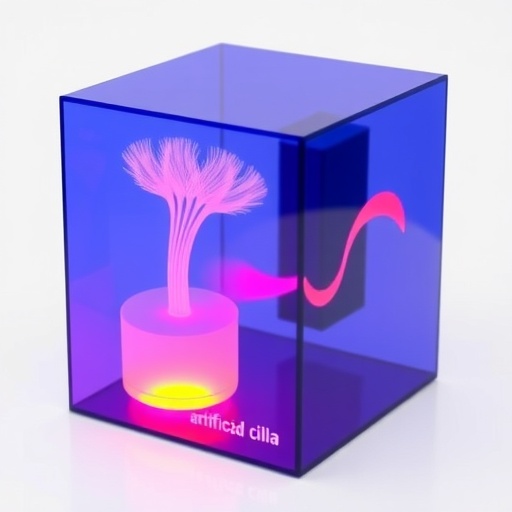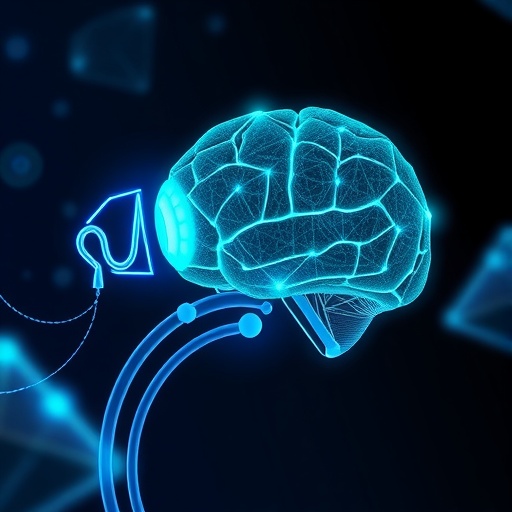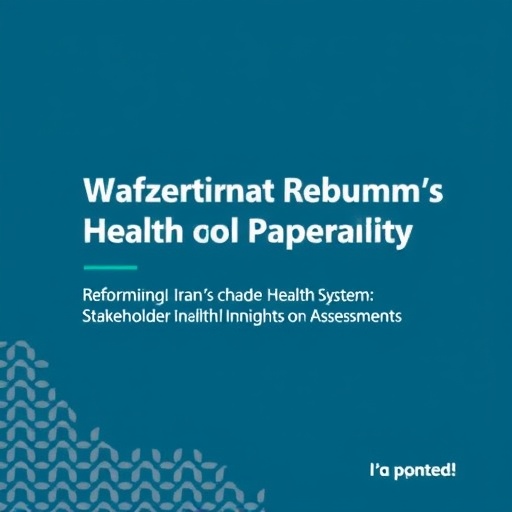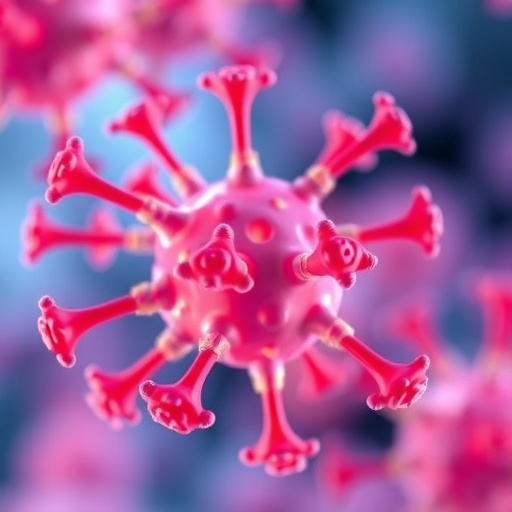In a groundbreaking advancement that mimics the natural world, researchers have developed an innovative artificial cilia-based sound-decoding device inspired by the hair cells found in the human ear. The remarkable ability of biological cilia to sense varying acoustic signals has been translated into a technological marvel—an array of 3D-printed micrometer-sized artificial cilia that can decode sound frequencies and respond without the assistance of conventional electricity or complex algorithms. This device stands at the intersection of biology and engineering, opening new avenues in sound detection and response, and has potential implications for therapeutic applications, particularly in personalized medicine.
At the core of this research is the development of arrays comprising artificial cilia with varying lengths and diameter ratios. These tiny structures, measuring between 40 and 200 micrometers, are meticulously designed to resonate with sound frequencies ranging from 100 Hz to 6000 Hz. Such a wide frequency range enables the device not only to recognize simple sounds but also to decode complex auditory patterns, such as piano notes and human voices. This capability mirrors the intricate sensing functions performed by natural hair cells in the cochlear structures of the ear, demonstrating how biomimicry can lead to revolutionary technological advancements.
One of the most intriguing aspects of this artificial cilia array is its ability to respond to sound stimuli without the need for electrical input. The researchers achieved this by employing acoustic resonance, a principle where the cilia vibrate in accordance with the frequency of sound waves they encounter. This unique feature means that the device operates solely on the energy provided by sound waves, making it both a cost-effective and energy-efficient solution for sound sensing. The potential applications of such technology are vast and varied, promising breakthroughs in numerous fields, including medical diagnostics, environmental monitoring, and consumer electronics.
In a notable demonstration of its capabilities, the artificial cilia device was tested in a scenario mimicking the human auditory environment. The systems successfully distinguished between different frequencies with remarkable precision. The ability to differentiate sounds showcases not only the effectiveness of the design but also its potential use in innovative applications. From monitoring public spaces for specific sounds to improving communication devices in settings where efficiency is critical, the possibilities are endless.
Moreover, the device doesn’t just stop at sound detection; it also has functional ramifications in the field of drug delivery. The researchers discovered that the vibrations generated by the cilia in response to sound could initiate controlled drug release. In experiments on type 1 diabetic mice, the artificial cilia were used to regulate the release of two essential therapeutics: insulin and glucagon. Through an acoustic-frequency-responsive mechanism, the device could adaptively manage drug release profiles, providing a dynamic solution for insulin regulation in diabetic treatment. This feature exemplifies the confluence of information technology and biological systems, where sound not only conveys information but also serves as a trigger for vital medical interventions.
The implications of this research extend beyond the laboratory. If successfully adopted in clinical settings, this technology could redefine how patient care is managed, making interactions more intuitive and responses more tailored to individual needs. The dynamic nature of sound-based drug delivery systems carries the promise of reducing the reliance on fixed dosing schedules, thereby minimizing the risk of overdosing or underdosing, which is a significant concern in diabetes management.
Given the significant potential impact of this technology, the researchers are looking towards immediate applications for sound recognition and drug delivery. In the context of personalized medicine, the ability to respond dynamically to a person’s physiological needs could pave the way for smarter healthcare tools that provide real-time assistance based on environmental cues. This is particularly fascinating in an era where wearable technology and health monitoring devices are becoming increasingly prevalent.
The development of an artificial cilia-based array system that can operate autonomously without electricity also raises interesting questions about the future of integrated technology. As industries strive for more eco-friendly practices, devices relying on natural phenomena such as sound could become a standard in engineering practices. The implications for sustainability and energy conservation are substantial, potentially leading to a new class of devices that harmonizes with the environment.
As the excitement surrounding this technology continues to build, ongoing research will likely explore how these artificial cilia systems can be optimized and integrated into existing health systems. By focusing on larger scales, the creation of networks of sound-responsive devices could lead to the creation of a sophisticated auditory ecosystem capable of managing various tasks—from patient monitoring to rehabilitation support.
Furthermore, the work done by this research team not only serves immediate applications but also proposes a framework for future study in acoustics and bio-inspired technologies. It encourages interdisciplinary collaboration among biologists, engineers, and medical professionals, fostering innovation that transcends traditional boundaries. The ability to decode sound frequencies directly and apply that knowledge to practical challenges exemplifies how the synthesis of diverse scientific domains can lead to groundbreaking advancements.
In conclusion, this artificial cilia-based sound-decoding device sets a precedent for how nature’s principles can be harnessed to engineer solutions for contemporary issues. As the research progresses, one can only anticipate the myriad of possibilities it presents across various sectors, fundamentally transforming our approach to sound recognition and responsive behavior in technology and medicine.
Subject of Research: Artificial cilia-enabled sound frequency decoding and drug delivery systems.
Article Title: An artificial cilia-based array system for sound frequency decoding and resonance-responsive drug release.
Article References:
Wei, X., Wang, H., Wang, Y. et al. An artificial cilia-based array system for sound frequency decoding and resonance-responsive drug release.
Nat. Biomed. Eng (2025). https://doi.org/10.1038/s41551-025-01505-6
Image Credits: AI Generated
DOI:
Keywords: Artificial cilia, sound frequency decoding, drug delivery, acoustic resonance, biomimicry, diabetes treatment, personalized medicine.
Tags: 3D-printed micrometer structuresacoustic signal sensing devicesadvanced acoustic technologyartificial cilia sound decodingbiomimetic technology in medicineengineering biological systemsfrequency response in sound detectioninnovative personalized medicine applicationsinterdisciplinary research in biology and engineeringnatural hair cell mimickingsound-activated drug delivery systemstherapeutic implications of sound technology






